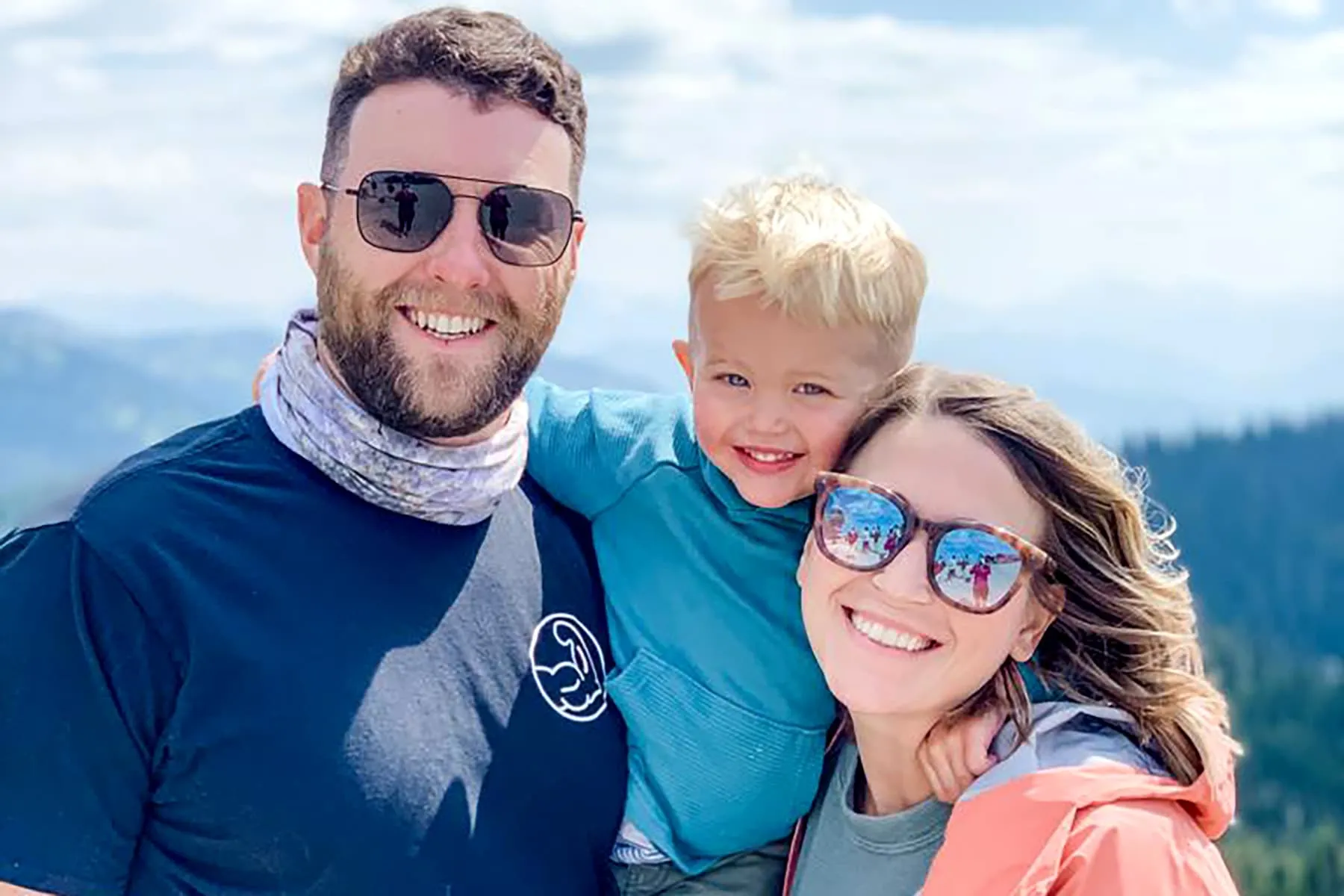Andy Pendergrass grew up in rural Louisiana as an extremely active and athletic kid. But always looming in the back of his mind was the fact that both his mother and maternal grandmother had rheumatoid arthritis (RA). Pendergrass knew that his family history meant his chances of having the autoimmune disease were higher than average, but he brushed off the possibility.
“I played football in high school, so something always hurt,” Pendergrass, 33, says. Even if he had had an inkling that it might be RA, “I would have just said ‘I’m a guy. Guys don’t get it…’ and just sort of generalized it like that.”
At age 23, Pendergrass finally learned that he, too, had RA. But the road to his diagnosis was hardly simple or straightforward. Coming to terms with his condition wasn’t easy, either.
Pendergrass now suspects his RA symptoms cropped up much earlier, in high school. That’s when he noticed pain that seemed “odd.” Still, he chalked up the symptoms to plantar fasciitis, a form of heel pain common among those who play intense sports.
It wasn’t until Pendergrass went to see his doctor with a severe sinus infection that he sought medical attention for his foot pain. The doctor, Pendergrass says, agreed it might be plantar fasciitis, “’til I mentioned that it was really bad in my toes.”
Aware that RA ran in Pendergrass’s family, the doctor ordered blood tests. A couple of days later, the doctor called to confirm a diagnosis for RA and referred Pendergrass to a rheumatologist.
The rheumatologist, however, told Pendergrass that his symptoms didn’t stem from RA but from flat feet.
The new verdict left Pendergrass deeply confused. “I have really big arches in my feet, so it was bizarre,” he says.
At the time, Pendergrass was getting ready to move to Alaska with his new wife, Polly. He didn’t have time to sort through the conflicting diagnoses. “I decided not to bother with the pain and put it off.”
It was only later when Pendergrass moved to Missouri, and as his joint pain continued, that he decided to get a second opinion. A new rheumatologist confirmed that Pendergrass indeed had RA.
The news took a mental and emotional toll on Pendergrass, a young man who prized being physically active.
“At the time, the biggest question on my mind was what the rest of my life was going to look like,” he says.
Acceptance of his lifelong condition came after time, research, and support, especially from Pendergrass’s mother.
“It’s hard for people who don’t have the disease to understand. Because you can’t look at me and say when I’m having flare-ups,” he says. “That’s one of the things she understands.”
In the decade since his diagnosis, Pendergrass has managed to keep his athletic dreams alive, even if he can’t exactly take up any sport without hesitation, as he once envisioned. In the last couple of years, he has also gotten into CrossFit — a form of high-intensity interval training exercises that involve squats, pulling, and pushing with adjustable weights — and enjoys playing golf. He credits CrossFit workouts with strengthening his muscles and easing stress on his joints.
That type of workout may not be the best choice for some people with RA who have unstable joints. Check with your doctor if you have RA before starting a new exercise plan to be sure it is OK for you.
“I want to maximize the time that I get to be an athlete. It’s my passion; it’s where I get my frustration out, and I feel free,” he says. “And I don’t want RA to mess with that. If that means I need to eat clean, stay away from inflammatory foods, and stretch more, then so be it.”
Pendergrass moved back to his home state of Louisiana a couple of years ago. Living with a chronic disease can be isolating, particularly for those who live outside major cities. But social media has given Pendergrass an avenue to find support and to link with others.
Recently, he set up an Instagram account @rheumadad to share his journey.
“Honestly, if there are any young guys out there, I would like to really connect with them. Because I think we lack a community of young guys with arthritis to be able to commiserate with, to share ideas with, and to just feel like I belong,” he says.
Pendergrass has two young sons now. The thought that his children might become the fourth generation with RA has crossed his mind. But Pendergrass refuses to dwell on it.
“I don’t allow those thoughts to really take root in my mind. I know it’s possible. I’m not going to put my head in the sand. And so, if it happens, we will deal with it. It will break my heart.
“The rest of your life is not going to be consumed with having RA. You can let it … but you shouldn’t. Life is about way more than having RA.”
https://img.wbmdstatic.com/vim/live/webmd/consumer_assets/site_images/article_thumbnails/other/ra_patient_journeys_pendergrass_2_other/1800x1200_ra_patient_journeys_pendergrass_2_other.jpg
2023-07-07 19:23:41





